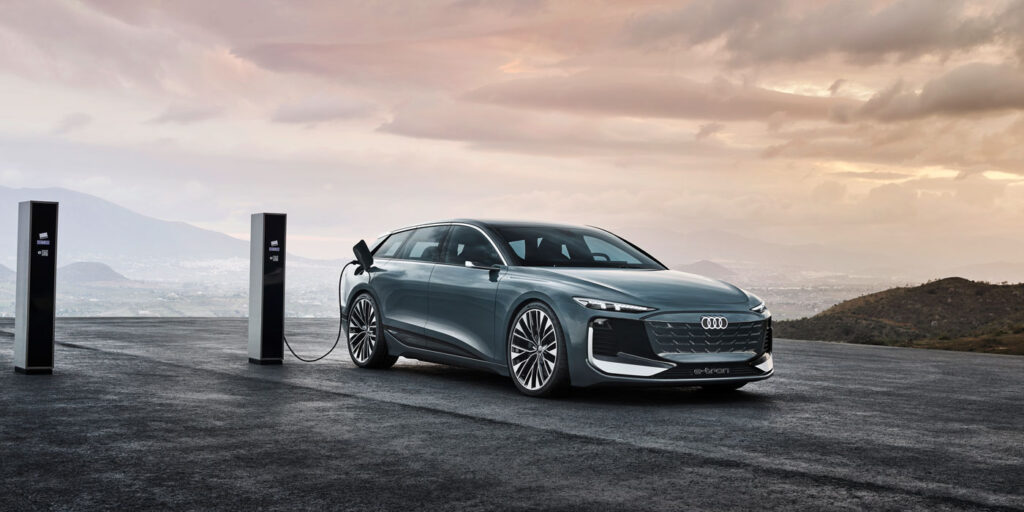

Title: Major Decrease in Tax on High-End Luxury Cars: A Rs. 26 Million Advantage
In a decision that has garnered the interest of car enthusiasts and industry participants, the government has revealed a considerable decrease in the tax levied on high-end luxury cars. This decrease totals Rs. 26 million, indicating a notable change in the taxation framework for luxury vehicles.
The choice to lower the tax is part of a wider initiative to invigorate the automotive industry, promote the importation of luxury cars, and enhance their availability to a broader demographic. This policy transformation is anticipated to yield various ramifications for the market, consumers, and the economy overall.
**Effects on the Automotive Sector**
The tax reduction is likely to result in a decline in the overall price of high-end luxury cars, rendering them more appealing to prospective purchasers. This could lead to a rise in the import and sale of these cars, giving a boost to the luxury automotive sector. Manufacturers and dealers are projected to gain from heightened sales figures, while consumers may benefit from a wider selection of choices at more attractive prices.
**Advantages for Consumers**
For buyers, the diminished tax means considerable savings when acquiring high-end luxury vehicles. This tax reduction could render luxury cars more reachable for a group of consumers who were previously discouraged by steep import taxes. Consequently, there could be an uptick in the number of luxury vehicles on the streets, enriching the automotive environment.
**Economic Consequences**
From an economic standpoint, the tax decrease could produce several beneficial results. An uptick in luxury vehicle sales may generate increased revenue from ancillary taxes and fees related to vehicle registration and ownership. Moreover, this initiative could entice foreign luxury car manufacturers to invest in the domestic market, potentially fostering job creation and economic expansion.
**Obstacles and Considerations**
Although the tax reduction is predominantly viewed as a favorable advancement, potential challenges must also be addressed. The surge in luxury cars may lead to heightened traffic congestion and environmental issues. Policymakers will need to reconcile the advantages of boosted luxury vehicle sales with the necessity for sustainable urban development and environmental stewardship.
**Final Thoughts**
The Rs. 26 million tax reduction on high-end luxury vehicles symbolizes a major policy transformation with extensive ramifications for the automotive sector, consumers, and the economy. By enhancing the accessibility of luxury cars, the government seeks to spur market expansion and draw in investment. As this policy is implemented, stakeholders will be attentively observing its influence on market trends and the wider economic context.





